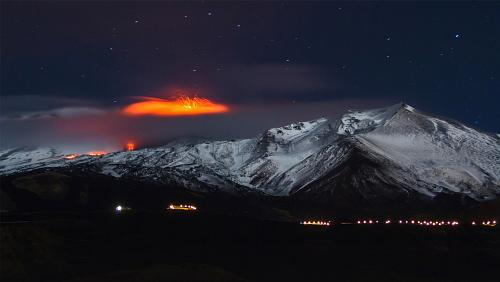Introduction
Waste management is a critical issue facing our planet today. As populations continue to grow and urbanization increases, the amount of waste produced is also on the rise. In order to combat this problem and create a more sustainable future, innovative solutions are needed. One such solution that is shaping a greener tomorrow is incineration.
What is Incineration?
Incineration is the process of burning waste materials to convert them into ash, flue gas, and heat. This heat can then be used to generate electricity, providing a sustainable energy source. Incineration is a key component of modern waste management systems and is gaining popularity as a way to reduce the volume of waste going to landfills.
Benefits of Incineration
There are several benefits to using incineration as a waste management solution. One of the biggest benefits is the reduction in the volume of waste. By burning waste materials, the volume is significantly reduced, which helps to free up valuable landfill space. Additionally, incineration can generate electricity, reducing the reliance on fossil fuels and promoting renewable energy sources.
Challenges and Solutions
While incineration is a promising solution for waste management, there are also some challenges that need to be addressed. One of the main concerns is air pollution, as incineration can release harmful emissions into the atmosphere. However, modern incineration plants are equipped with advanced pollution control systems to minimize these emissions and ensure they meet strict environmental regulations.
The Future of Waste Management
As the global population continues to grow and waste levels rise, it is clear that traditional waste management methods are not sustainable in the long term. Incineration offers a viable solution to this problem by reducing the volume of waste, generating renewable energy, and minimizing the impact on the environment. By embracing incineration as part of a comprehensive waste management strategy, we can create a greener tomorrow for future generations.







